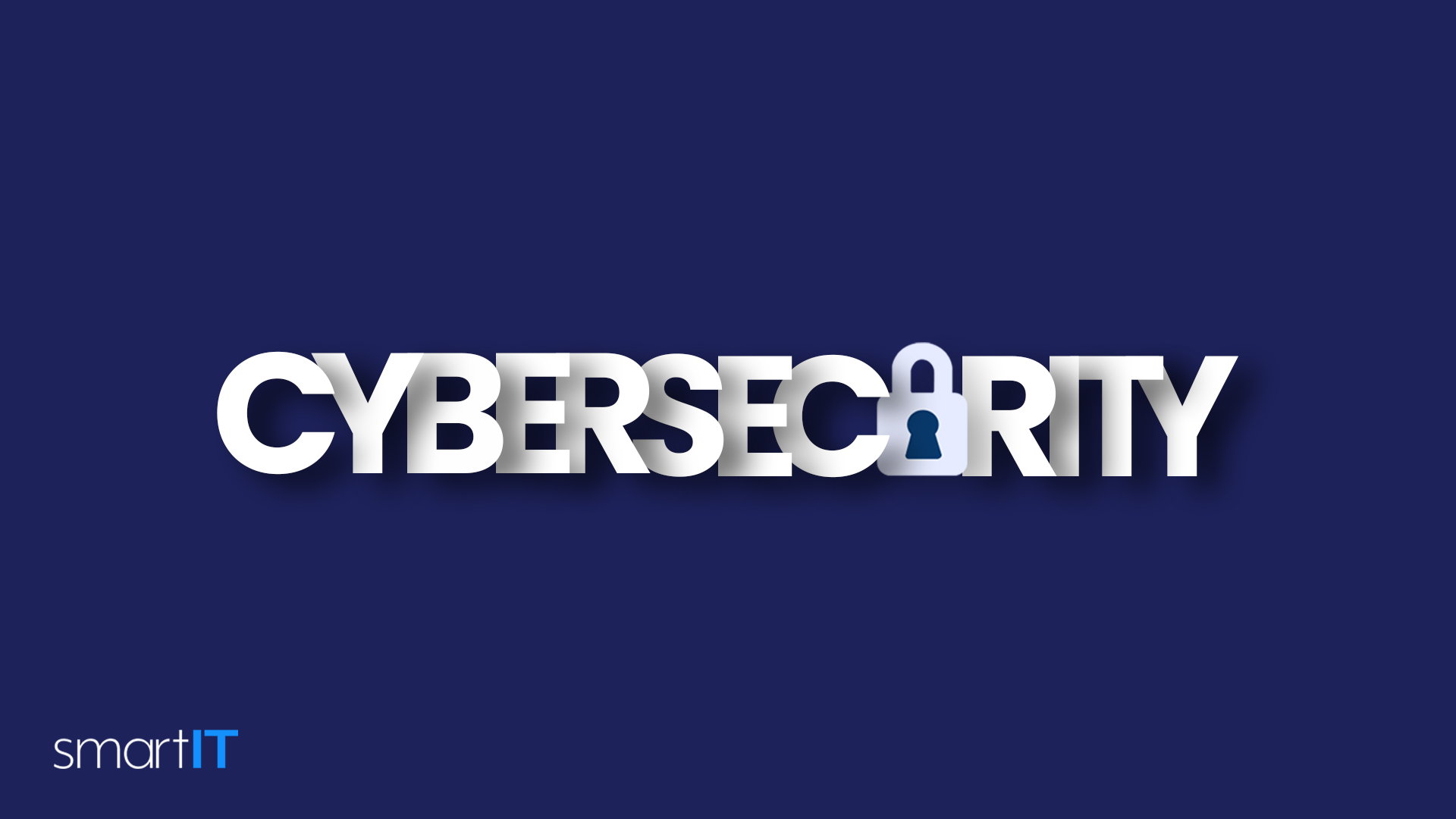
Author: Justin Hermann
Co-Founder and President at smartIT

Protect Your Business from Cyberattacks: Essential Tips and Best Practices
In today’s digital landscape, businesses face a constant threat of cyberattacks that can have severe financial, operational, and reputational consequences. Protecting your business from these threats requires a proactive and comprehensive approach to cybersecurity. In this blog post, we will explore essential tips and best practices to help you safeguard your business from cyberattacks and mitigate potential risks.
1. Develop a Robust Security Policy
Create a comprehensive security policy that outlines guidelines and best practices for your employees. Include password requirements, acceptable use of company resources, data handling procedures, and guidelines for remote work. Regularly communicate and reinforce this policy to ensure everyone is aware of their responsibilities.
2. Educate and Train Employees
Invest in cybersecurity awareness and training programs for your employees. Teach them about common threats such as phishing, social engineering, and malware, and provide guidance on how to identify and report suspicious activities. Foster a culture of security awareness and empower employees to be the first line of defense.
3. Implement Strong Access Controls
Implement strong access controls to limit access to sensitive data and systems. Use multi-factor authentication (MFA) for all accounts, enforce complex password requirements, and regularly review and revoke access for employees who no longer need it. Limit administrative privileges to minimize the potential impact of an insider threat.
4. Regularly Update and Patch Software
Keep all software, applications, and systems up to date with the latest security patches. Vulnerabilities in outdated software are often exploited by cybercriminals. Establish a process for regular updates and patches across your network, including operating systems, firewalls, antivirus software, and other critical applications.
5. Secure Your Network
Protect your network with robust security measures. Implement a firewall to control inbound and outbound traffic, use intrusion detection and prevention systems (IDS/IPS), and set up a virtual private network (VPN) for secure remote access. Regularly monitor and audit network activity to identify any suspicious behavior.
6. Backup Your Data Regularly
Regularly backup your critical data to ensure you can recover from a ransomware attack or any other data loss incident. Use a combination of onsite and offsite backups, and regularly test the restoration process to ensure data integrity. Consider using encryption for sensitive data stored in backups.
7. Implement Threat Detection and Response Systems
Deploy advanced threat detection and response systems that can identify and respond to potential cyber threats in real-time. Use security information and event management (SIEM) tools, intrusion detection systems (IDS), and endpoint protection platforms (EPP) to monitor and detect suspicious activities.
8. Secure Your Mobile Devices
Mobile devices are increasingly targeted by cybercriminals. Implement security measures such as device encryption, remote wiping capabilities, and mobile device management (MDM) solutions to enforce security policies and protect sensitive data on mobile devices.
9. Conduct Regular Security Audits
Perform regular security audits to identify vulnerabilities and gaps in your security posture. Assess your network infrastructure, systems, applications, and physical security measures. Engage third-party professionals to conduct comprehensive audits and penetration testing to uncover potential weaknesses.
10. Develop an Incident Response Plan
Create a well-defined incident response plan that outlines steps to be taken in the event of a cyberattack. Assign roles and responsibilities, establish communication channels, and test the plan regularly to ensure its effectiveness. The ability to respond swiftly and effectively can minimize the impact of an attack.
Conclusion
Protecting your business from cyberattacks requires a proactive and multi-layered approach to cybersecurity. By implementing robust security measures, educating your employees, and staying vigilant, you can significantly reduce the risk of cyber threats and protect your valuable data and resources. Remember, cybersecurity is an ongoing effort, and staying informed about the latest threats and best practices is essential to safeguard your
Contact us to schedule your free IT assessment. Our experts will evaluate your current IT infrastructure, identify areas for improvement, and provide strategic recommendations to optimize your technology landscape.
